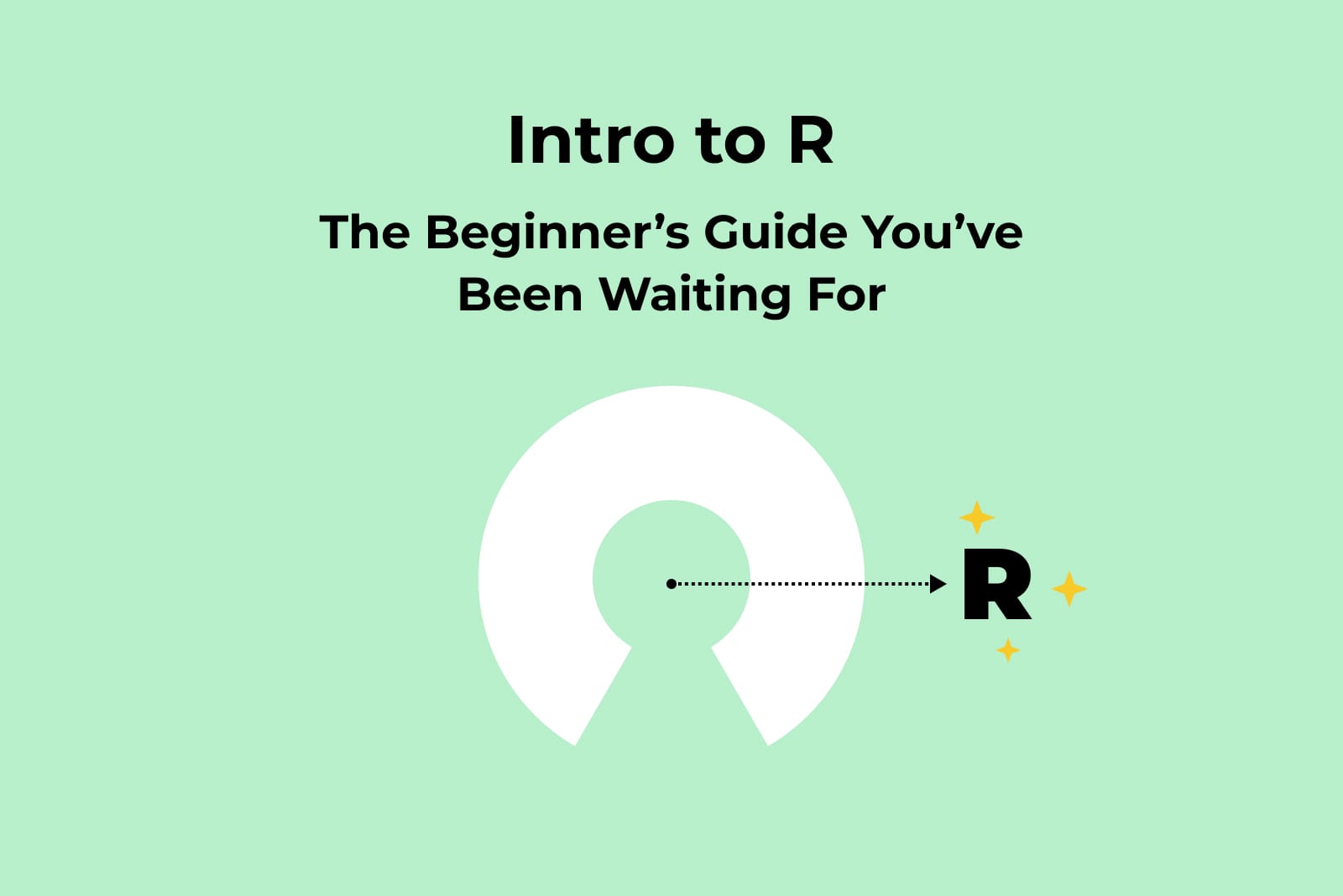
GitHub Profiles That Get Jobs: 5 Tips to Optimize Your Profile
GitHub isn’t just a place to stash your code. It’s a thriving community full of creativity, collaboration, and let’s be...
Read More
GitHub isn’t just a place to stash your code. It’s a thriving community full of creativity, collaboration, and let’s be...
Read More
Designing a great app or website is more than putting together some cool visuals and calling it a day. There’s...
Read More
DevOps might sound extremely technical, like some obscure, new game or technology that’s hit the market. But it’s more approachable...
Read More
Being a millennial means I’m nostalgic about a lot of things, but one thing I miss a lot? The old...
Read More
Think about your favorite app. How does it look? Is it easy to use? While it might not be your...
Read More
So, you want to be a quality assurance (QA) engineer? I get it. To others, it might not sound like...
Read More
Raise your hand if you’ve ever been personally victimized by a hacker. Statistically, most of you should be raising your...
Read More
Have you ever opened up Google Maps, typed in a destination, and just assumed everything would go smoothly? Of course,...
Read More
If you’re one of the 640 million Spotify users who waits—impatiently, if you’re like me—for your Spotify Wrapped at the...
Read More
AI is everywhere these days — on your phone, in your car, even in your kitchen. If you’re just getting...
Read More
What are UI/UX designers and what do they do? That’s kind of a loaded question, but we can try to...
Read More
What actually goes into designing the apps and websites you use every day? It’s not just about making things look...
Read More